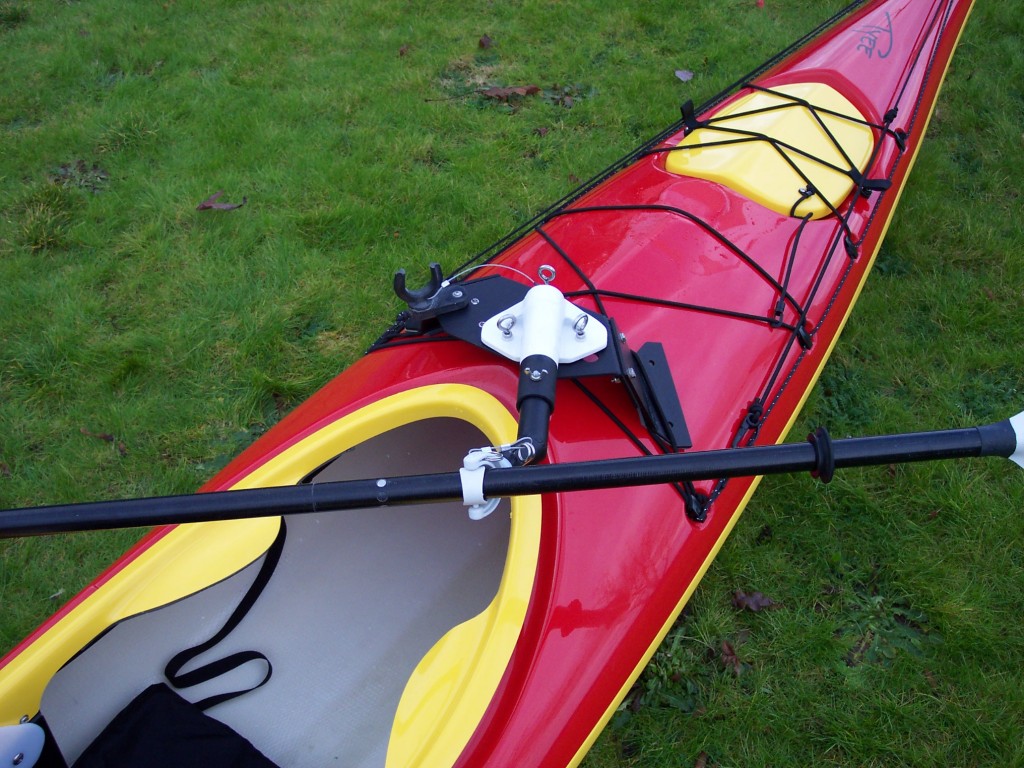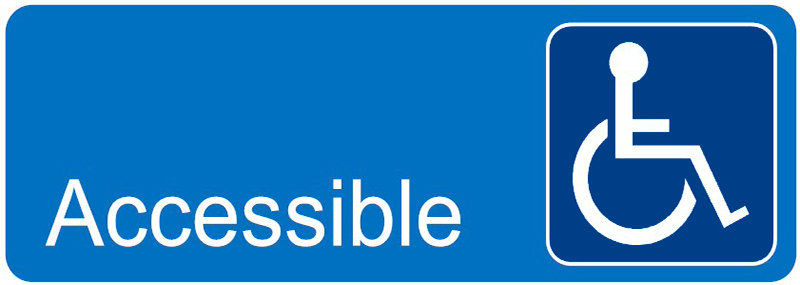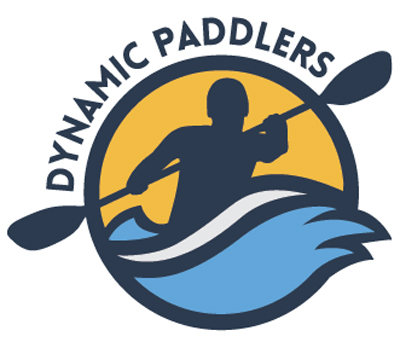
Adaptive Paddling
- Details
- Hits: 36367

Adaptive Paddling
Paddle sports have become very popular in the disabled community. Part of the reason is due to their affordability and the extensive lakes, rivers, and shorlines available across the U.S. Happily, children and adults with disabilities are safely experiencing new freedom, exploring nature’s waterways in increasing numbers.
Typically, few or no modifications to standard equipment are needed. As a sport, paddling emphasizes the individual’s ability, with water acting as the great equalizer.
A growing number of adaptive kayaking programs integrate disabled and able-bodied paddlers on the same trip, or in the same boat. The American Canoe Association (ACA), which promotes the benefits of canoeing and kayaking for everyone, has published a book entitled “Canoeing and Kayaking for Persons with Physical Disabilities.”
Although standard kayaks and canoes are often used for adults and children with disabilities, modifications can make the experience more enjoyable. The rule of thumb with adaptations is use as much standard equipment as possible. Various changes to seating systems, paddle grips, and leg position can create a more efficient and safe paddling environment.
Safety considerations are paramount in all water sports. The most important rule is that all participants be able to handle themselves in the water and, in the case of kayaks which confine occupants, know how to upright an overturned craft. Other considerations include proper clothing, approved personal flotation devices (life jackets), sun protection, ease of exit from the cockpit, and always paddling with a partner.
Sponsor
Larry Gioia
14 Hemingway St
Pittsburgh, Pennsylvania
(412) 916-9960

